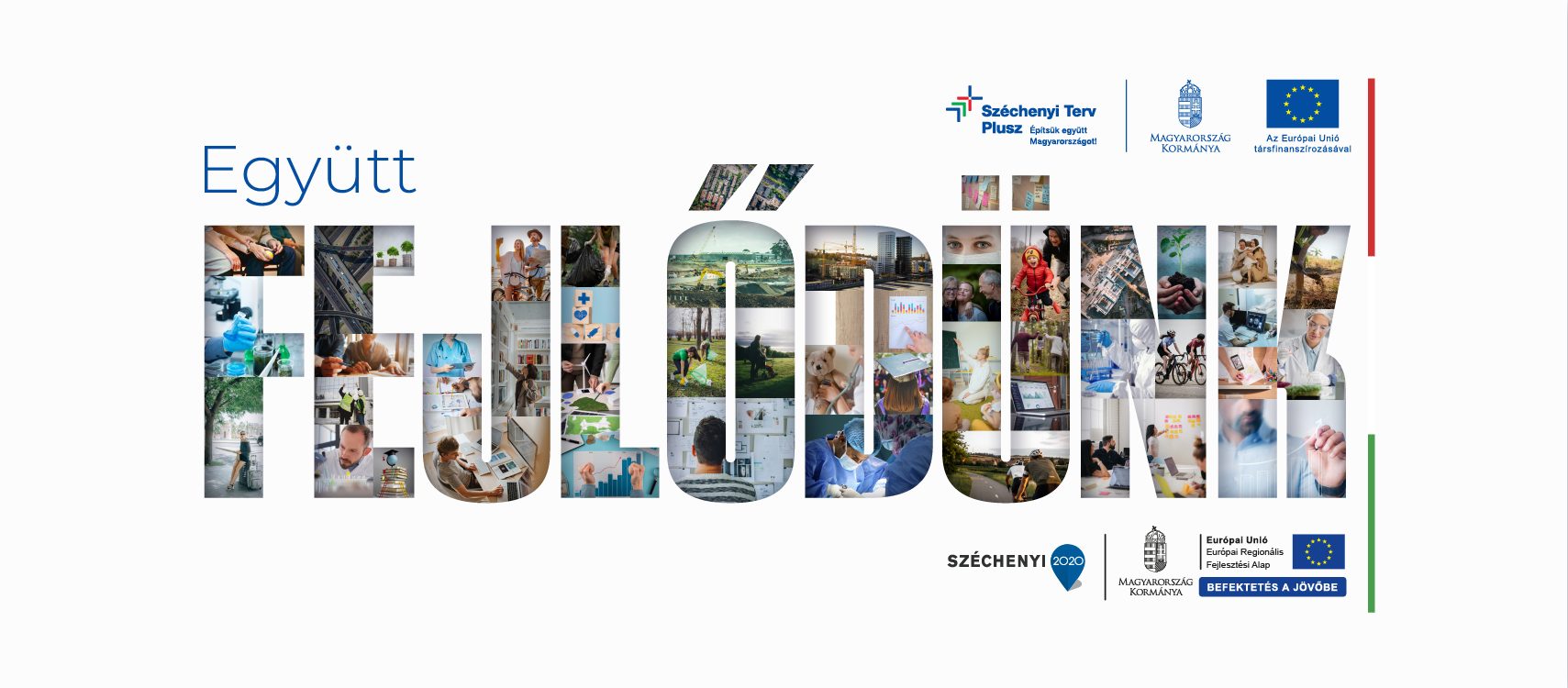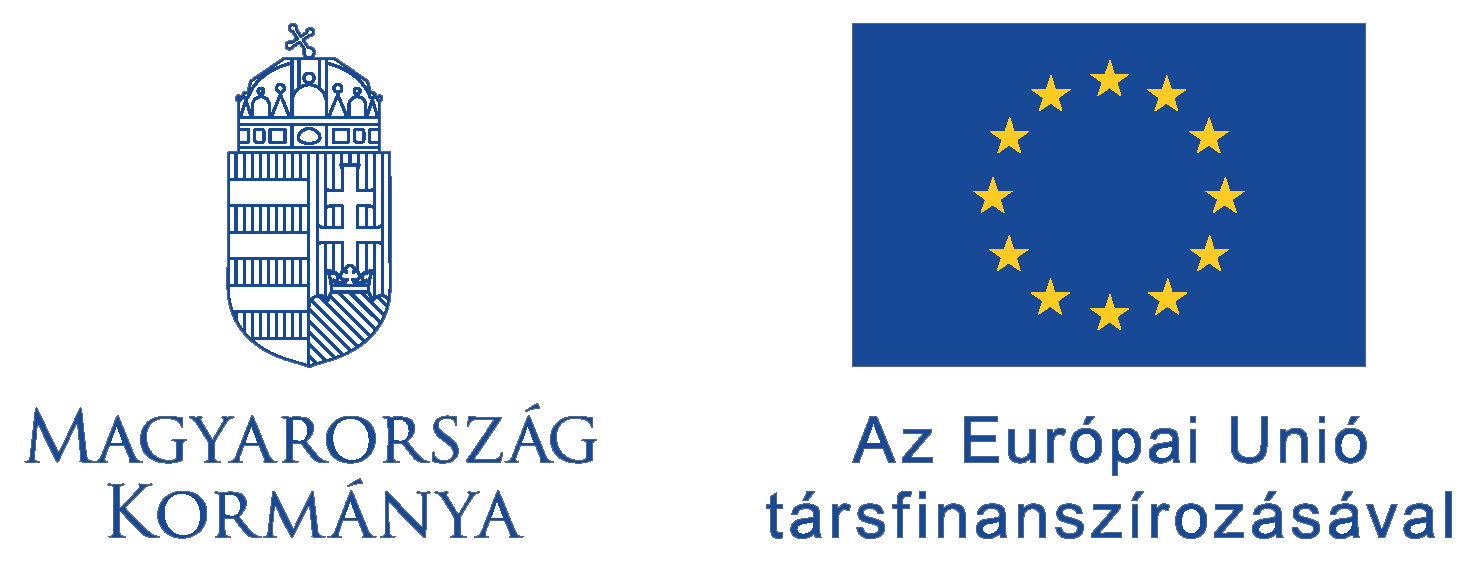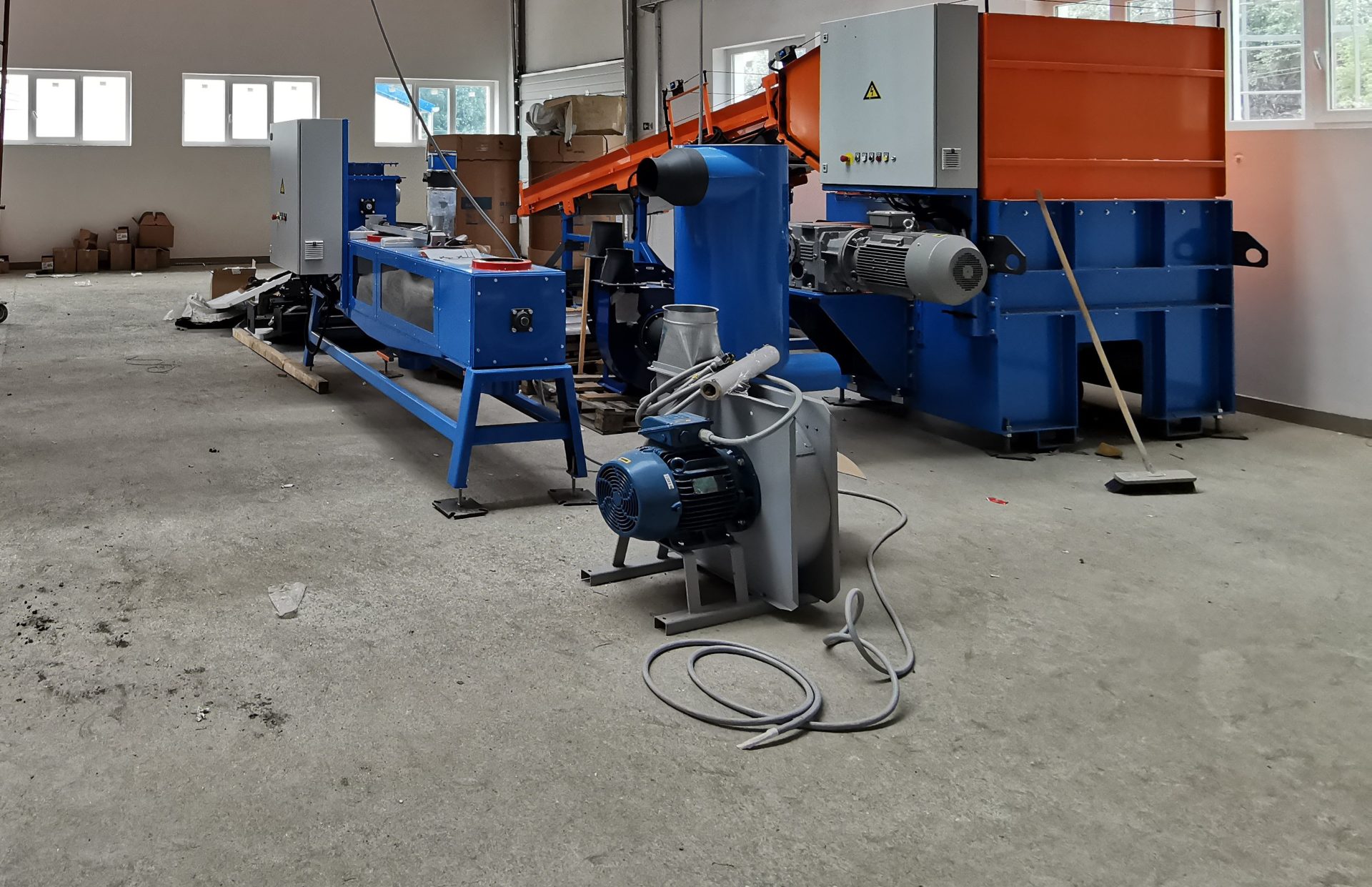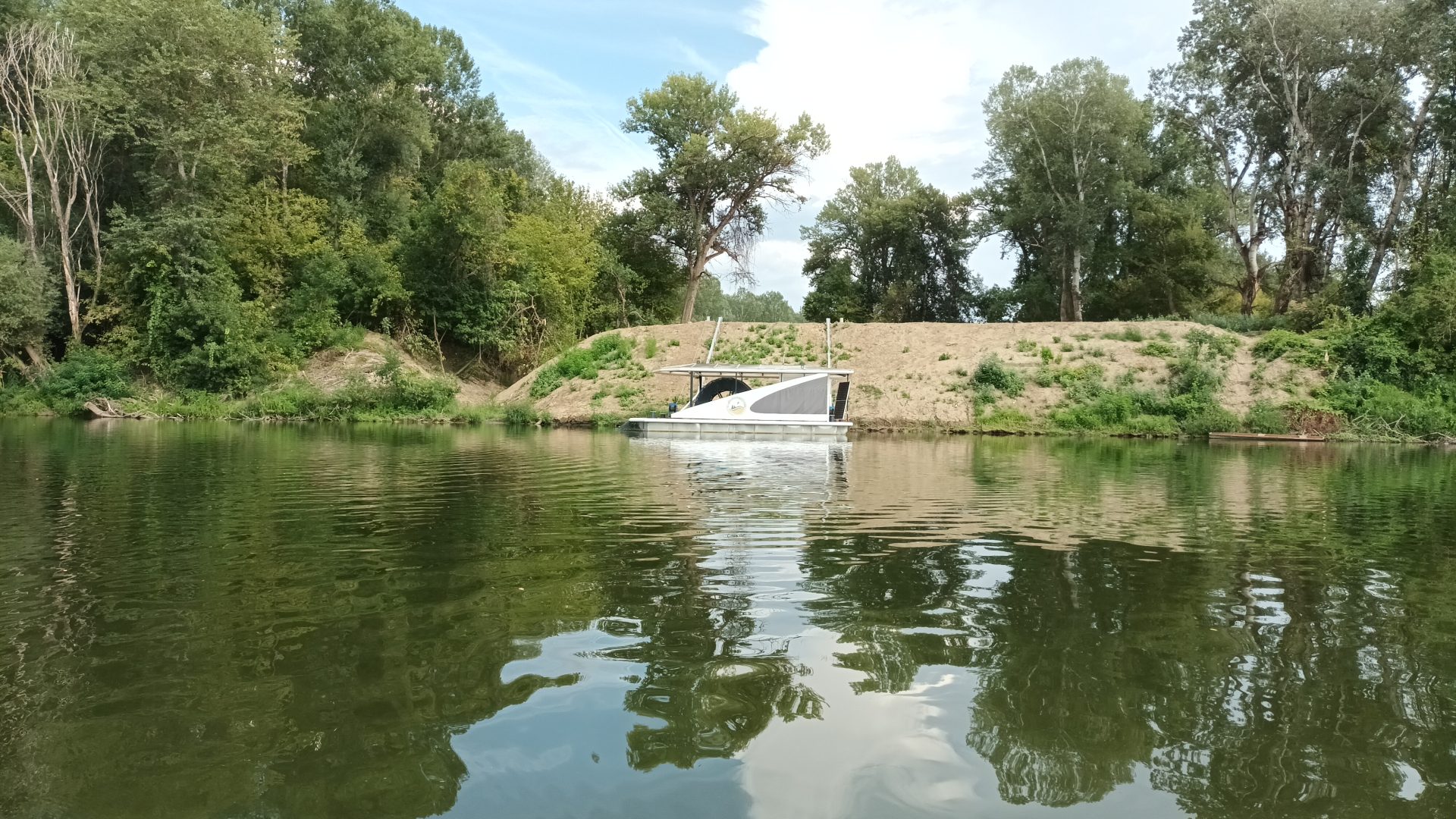Recently, several technical developments have made official administration simpler. The Client Gateway system and the continuously expanding range of services attached to it have all contributed to the rise of digital administration. The Hungarian State Treasury could not be left out of this process either.
Thanks to European Union support, as part of the large-scale project, the Hungarian State Treasury developed a new integrated administrative interface, allowing us to handle our official matters faster and more easily on the Treasury’s website. The project focused on creating efficient operations, full compliance with current regulations, flexible and rapid adaptation to the changing regulatory environment, and meeting societal expectations. With these goals in mind, developers modernized the IT systems used in pension insurance, health insurance, and account management.
The new integrated administrative interface reorganizes the entire electronic process in many pension insurance and family support procedures to ensure efficient data processing, assessment, decision-making, and customer information. As a result of the related sectoral developments, the automation of the affected procedural processes has significantly reduced both administrative time and labor demand.
The e-PELL system was also modernized during the development. The e-PELL system manages the financial benefits of health insurance, which compensate for the insured person’s loss of income in the event of an accident, illness, or childbirth. This includes sick leave, accident sick leave, maternity benefits (CSED), child care benefits (GYED), and their various forms. As a result of the project, on one hand, clients now have the opportunity for full electronic communication with the government offices that assess applications for financial benefits. On the other hand, a national, legally authenticated registry has been created that contains information about which financial health insurance benefits each insured individual has received.
The program was implemented with European Union funding under the KÖFOP-1.0.0-VEKOP-15-2016-00024 project.
Find out more about the project in the Project Finder:Details








